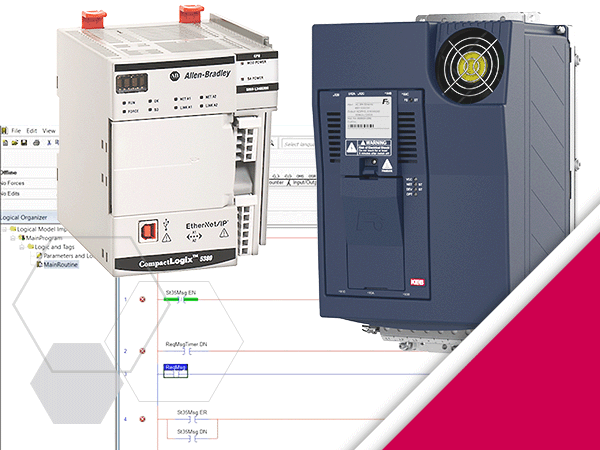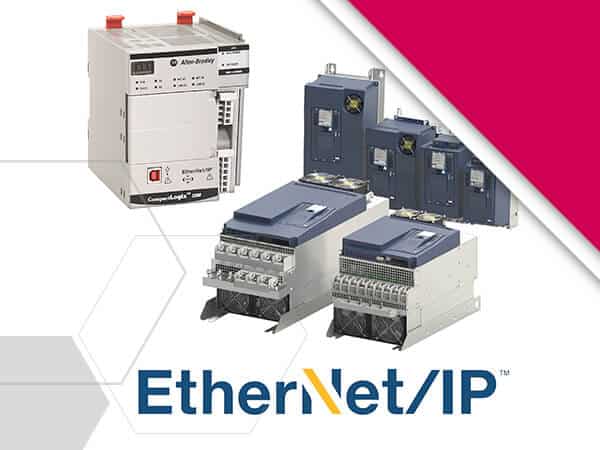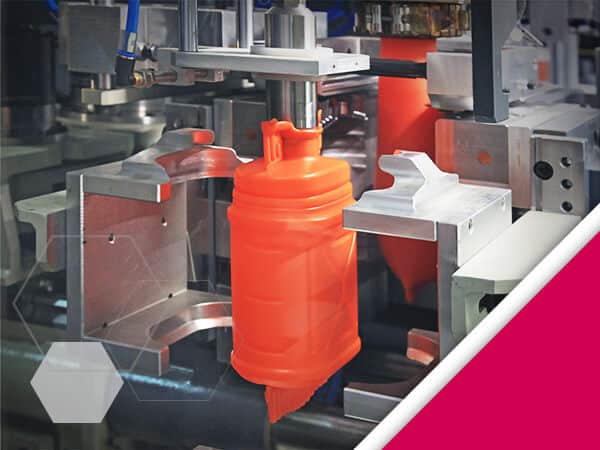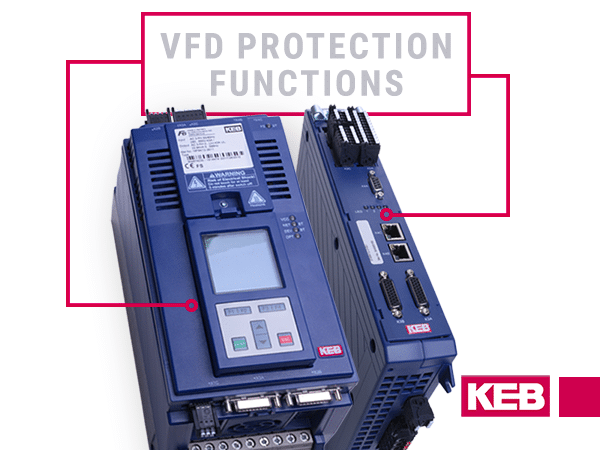How do I synchronize conveyor speeds
How do I synchronize conveyor speeds?
asks a reader of Control Design magazine. KEB joined in the discussion on their website with this suggestion:
First – you will need to decide if you need similar speed or synchronized speed. Similar speed is akin to setting two VFDs at 60 Hz – they should be running at the same speed, but they will be a few RPM off due to slip. Synchronized speed is where the second conveyor turns 10 degrees when the first conveyor turns 10 degrees (electronic line shaft).
If you need synchronized speed (either 1:1 or 1:1.23), you will need an encoder on the outfeed conveyor and a closed loop drive that supports electronic gearing with adjustable ratio for you different product requirements. You will need to supply a product signal to the drive to choose the desired ratio.
If you need similar speed, you will need a basic VFD that supports different presets and use the same command signaling the outfeed VFD uses. You will need to supply a product signal to the drive to choose the desired ratio (same speed, 3% faster, etc). If possible, alter your machine PLC to incorporate the signaling of your conveyor so the user only needs to go to one location to change the product.
Hop on over to their site if you’d like to weigh in on the conversation!
Let's Work Together
Connect with us today to learn more about our industrial automation solutions—and how to commission them for your application.



